Why and how to start a “Neighborhood Wildwatch Group”
When people move into a new neighborhood with different customs and expectations or enter into a marriage, they may feel comfortable with the neighbors or in-laws, or they may not. Either way, they’re wise to establish boundaries and learn how to get along despite differences on parenting, race, money, politics or lawn care. Compared to dealing with humans, does getting along with the raccoons next door really seem so difficult? Yes, it does, insist urban ecologists, conservationists and wildlife management professionals. In his office above the barn, Mike Pelton keeps a stack of photos of people feeding bears at parks, even putting honey on children’s hands so a bear can lick it off. The biggest problem is not animal behavior, but human nature.
Feeding wild animals is not helpful, especially in cities. At our best, we want to nourish living creatures around us. But there are better ways to do that, such as protecting and creating wild spaces for animals in cities and planting native species that reboot the food chain of insects, birds and beyond. By providing this kind of nourishment, we are nourished by the company of other animals.
Chicago’s Seth Magle, Ph.D., is often asked to estimate the benefits of interaction with other species, especially cost benefits. “Listening to songbirds, seeing a rabbit that makes you smile. That’s hard to measure. So is the sense of awe,” he says. He and his colleagues at Lincoln Park Zoo feel so strongly about the value of wonder that they held a “storytelling slam” in August 2017, inviting people to come to the zoo to tell their stories about “the coyote in the yard, the unexpected encounters with nature, the indescribable feeling.”
That sense of wonder, he says, is the most important gift that the presence of wildlife can offer. “We need to hold a place in the city for that to happen.” He likes to point out that each of us lives in an ecosystem that is “every bit as complex . . . as the Amazon or Outback of Australia. It’s just more familiar to us.” Magle considers that fact inspiring. He argues for more funding for innovative, flexible animal control methods and for the ongoing training needed to keep up with the rate of change and increased wiliness and intelligence of the incoming animals.
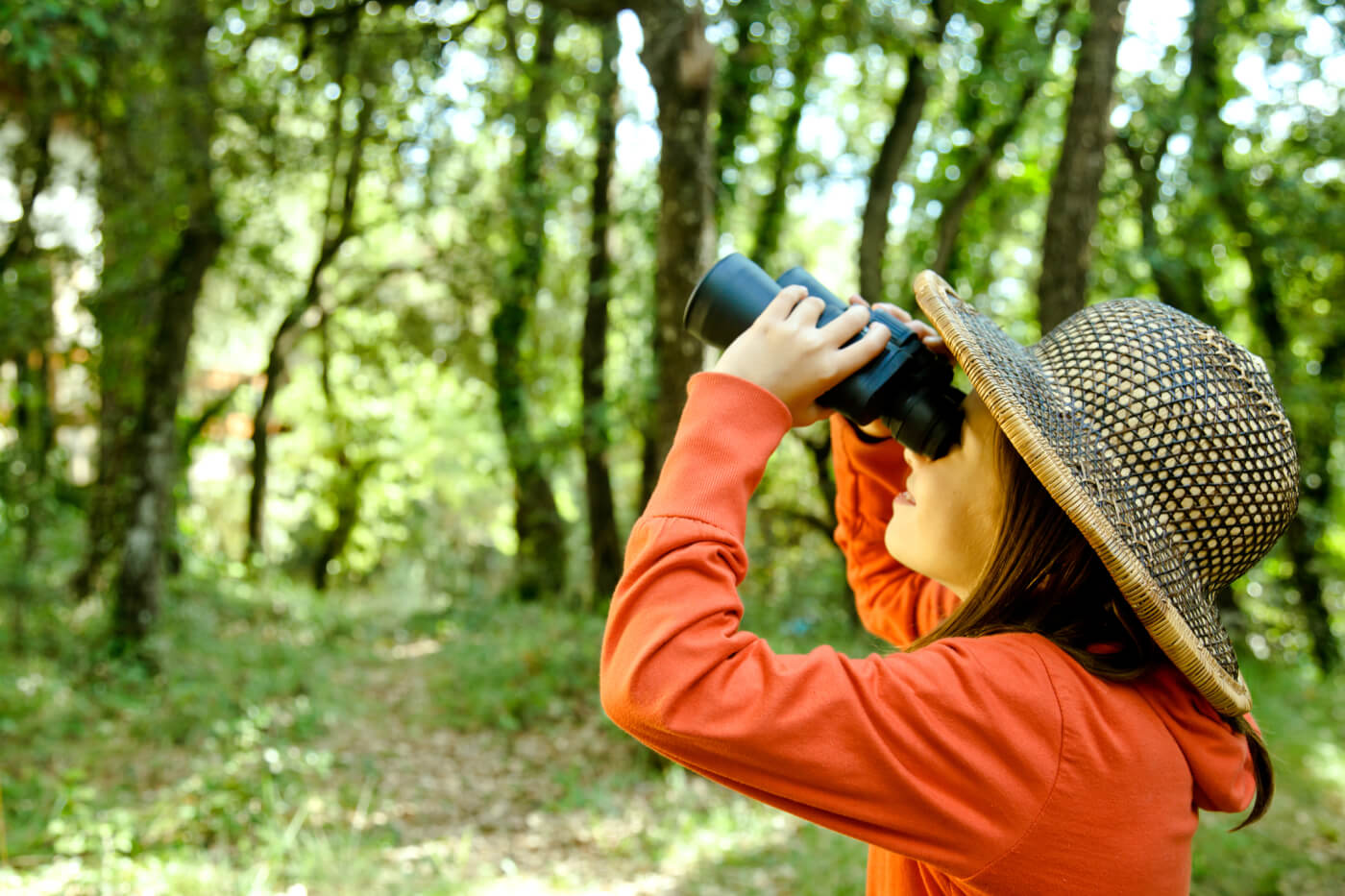 The best approach will be to build human knowledge of the animals in our neighborhoods and beyond. This approach will, in fact, require more human contact with the wild animals but at a respectful, cautious distance. And public education will require more than biologists.
The best approach will be to build human knowledge of the animals in our neighborhoods and beyond. This approach will, in fact, require more human contact with the wild animals but at a respectful, cautious distance. And public education will require more than biologists.
As we strive for interconnection in “Symbiocene City,” schools, service groups and conservation organizations could teach people how to prevent aggression from wild animals: by not harassing the animals (especially the ones with big teeth or horns) and by learning the rules of encounter with specific species (e.g., should you play dead, run, or make yourself look large and threatening?). And also by spreading the word: Do not feed wildlife. Feed your pets indoors. Take down bird feeders at the end of winter. Reduce serious loss of songbird populations by keeping cats indoors. Fence your vegetable garden. On a more positive note, keep those binoculars and digital cameras available for when a deer or eagle or rare ring-tailed cat happens by. In Symbiocene City, you may feel an urge to become a wildlife artist, or keep a nature journal next to your guides of wild mammals and birds in your bioregion, or create a wildlife sanctuary in your yard. What a joy it could be to work with others to restore urban wetlands and plant native species.
Just as communities create Neighborhood Watch groups to prevent human crime, we could launch Neighborhood Wildlife Watch groups.
Even in the most populated urban neighborhoods, members of such groups could track the influx of creatures, prevent dangerous encounters and record the exit of animal refugees from climate disruption. They might volunteer at urban wildlife rehabilitation and pet rescue centers. Places of worship and schools, too, could create Wildlife Watch clubs; these could educate students through biology and other natural history education courses about the bioregion in which they live. Young people could learn about the risks and opportunities that come with nature-rich cities. These clubs might explore the ways that different cultures interact with animals and the range of mythology, folktales and medicinal practices that different cultures bring to the city. They could be seedbeds of citizen science, launching future biologists, veterinarians and animal-assisted therapists. Through such groups, students and adults could explore how a city might build a stronger sense of identity, attract ecotourism, and identify the potential for new jobs and careers in public health, urban ecology, urban design and architecture. In addition to reducing harm to wild animals, domestic pets and human beings, Neighborhood Wildlife Watch campaigns could work for equitable access to nature. They could give people a greater investment in their regional and personal identity and the psychological well-being and confidence that comes with that.
In these ways and more, building human-nature social capital will reduce species loneliness and increase hope. As Bob Randall, the Yankunytjatjara elder, expressed, this “would be a beautiful way of being that doesn’t push anybody out” but “brings everybody in.” In this context, people could share their animal stories around a twenty-first-century campfire, real or virtual, and in these stories find joy and renewal.
-
Network News
POLICY UPDATE: Policy and advocacy for the children and nature movement
-
Voices
Binoculars, bald eagles and my journey as a Black birder
-
Richard Louv
THE WONDER BOWL: Ten Spring and Summer Nature Activities for Kids and Adults
-
Network News
Minneapolis Spotlight: The promise and possibilities of parks for youth
-
Voices
Why nature is my motherhood ally


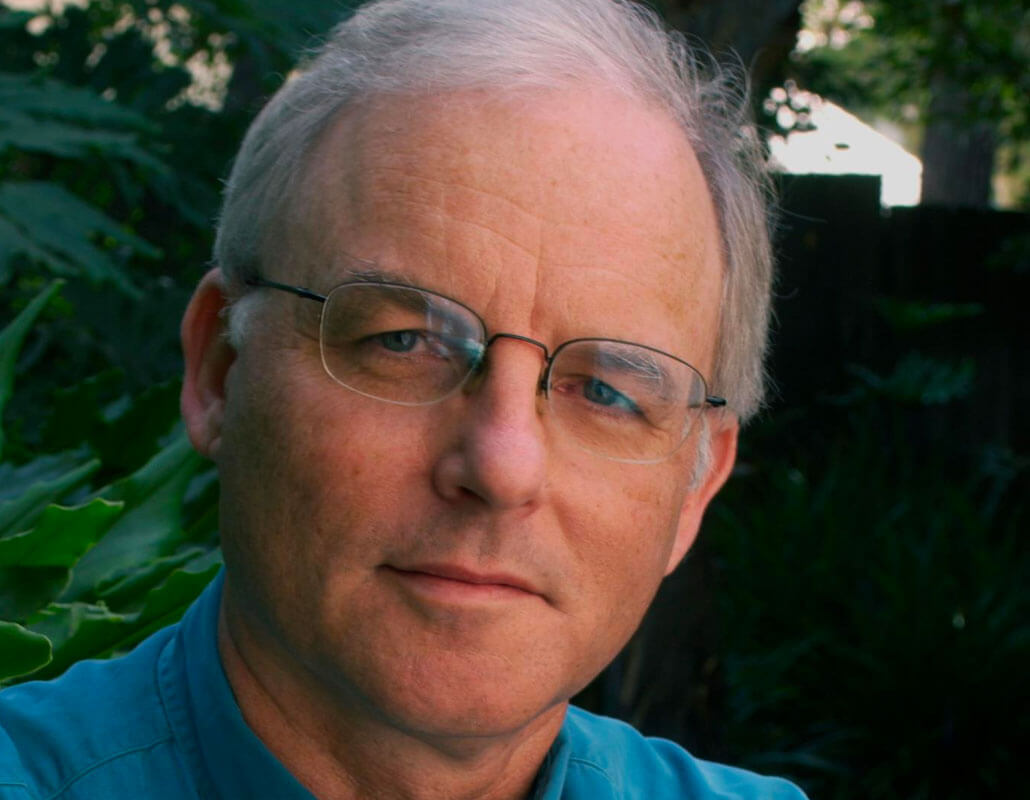
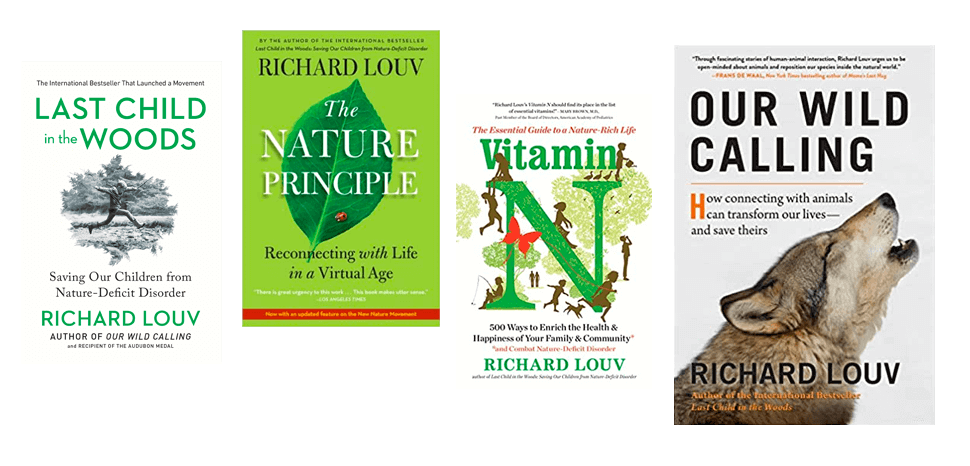
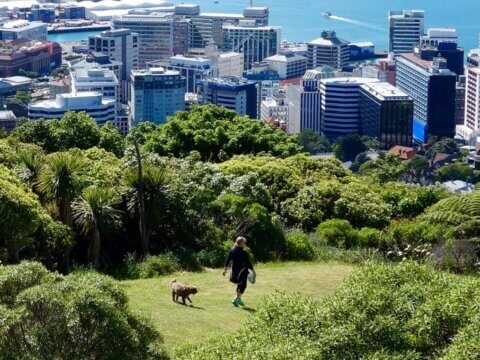
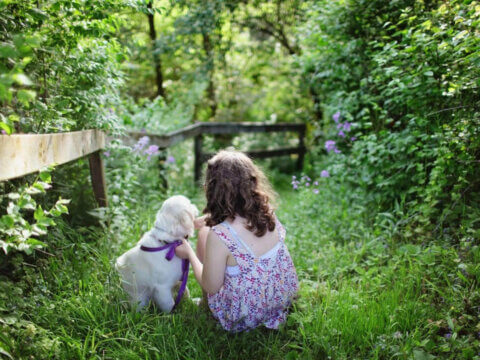

Commentaries on the C&NN website are offered to share diverse points-of-view from the global children and nature movement and to encourage new thinking and debate. The views and opinions expressed are those of the author(s) and do not necessarily reflect the position of C&NN. C&NN does not officially endorse every statement, report or product mentioned.